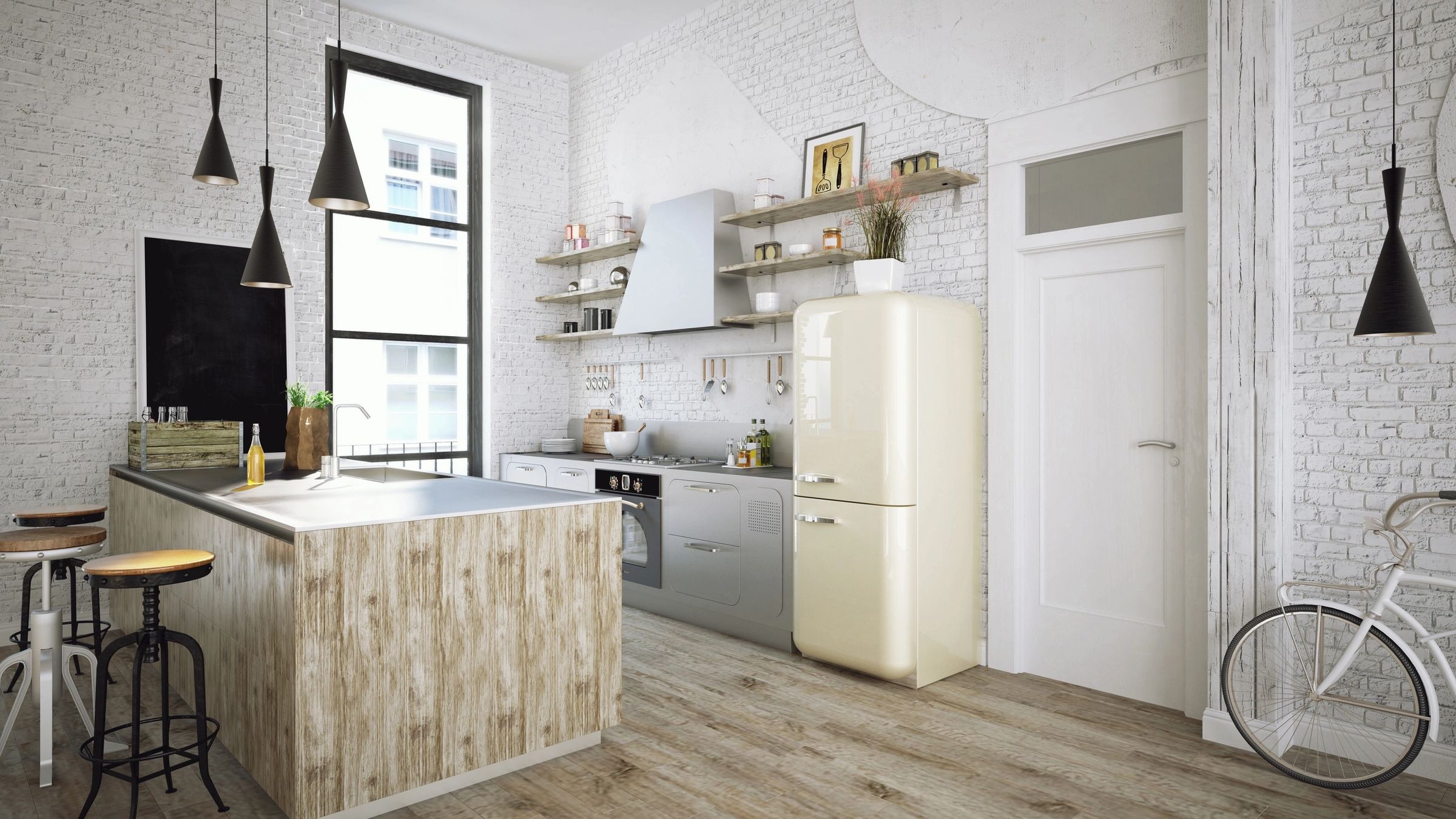Blending modern and vintage elements in interior design can be an artful way to create a living space brimming with personality and character. The juxtaposition of sleek, contemporary aesthetics with the timeless charm of vintage pieces offers an exciting opportunity to design rooms that are both functional and visually captivating. Whether you’re renovating an entire home or just updating a single room, mixing modern and vintage styles can transform your space into something extraordinary. The key lies in knowing how to harmonize these contrasting elements to create an atmosphere that feels cohesive yet eclectic.
Why Mixing Modern and Vintage Works
At the heart of mixing modern and vintage interior design is the ability to create a space that feels both nostalgic and forward-thinking. Modern aesthetics often prioritize simplicity and minimalism, while vintage pieces bring in a sense of history and warmth. The beauty of this fusion is how each style complements the other. A modern sofa with clean lines can serve as the perfect backdrop for an antique coffee table, adding depth and texture to the room. Similarly, vintage items often carry stories and character that new furniture lacks, imbuing the space with charm and intrigue. The blend of old and new not only creates a visually interesting room but also a multi-dimensional experience for those who inhabit it.
Choosing a Dominant Style
One of the first steps in creating a successful mixed-design interior is deciding on a dominant style. Will the room lean more towards a modern aesthetic or vintage charm? This decision will help guide the selection of furniture, colors, and other design elements. While there are no hard rules, choosing a primary style provides a foundation that ensures balance. If the room features a modern framework, vintage pieces can be introduced as accent items to soften the space. Alternatively, if the focus is on vintage décor, incorporating sleek, contemporary elements like a modern art piece or contemporary lighting fixtures can keep the space from feeling outdated.
Harmonizing Color Palettes
Color harmony is essential when mixing modern and vintage elements. Modern designs often utilize neutral tones such as whites, grays, and blacks, while vintage pieces tend to feature earthier, more saturated colors. When blending these two styles, focus on creating a color palette that unites both worlds. Soft neutrals, such as taupes and light grays, provide an excellent backdrop for adding vintage hues like mustard yellow or forest green. Use pops of bold colors in vintage textiles or accessories to inject personality into the modern space. The result should be a balanced, visually cohesive design where the colors feel intentional rather than disjointed.
Furniture and Decorative Pieces
The furniture you choose is where the magic of mixing modern and vintage really happens. Start by selecting a few core pieces that represent each style, ensuring they complement rather than compete. A vintage armchair can be paired with a modern sofa to create a conversation-worthy seating area. When choosing vintage furniture, look for pieces that are functional but also have a certain charm—think mid-century modern desks or a distressed wooden cabinet. Modern pieces, on the other hand, should lean towards clean, streamlined designs. Decorative pieces like vases, mirrors, or clocks can further highlight the combination of both styles, providing a link between the modern and vintage worlds.
Textures and Materials
Another crucial element in mixing modern and vintage styles is the interplay of textures and materials. Modern interiors often feature sleek, smooth surfaces like glass, metal, or polished wood. Vintage items, however, may introduce a variety of textured materials such as weathered leather, aged brass, or rough-hewn wood. To achieve harmony, balance these materials within the space. A leather vintage armchair can be paired with a contemporary glass coffee table, for example, creating a striking contrast. The key is to allow the materials to complement each other without overwhelming the senses, so there’s always a sense of cohesion in the room.
Lighting and Accessories
Lighting plays a pivotal role in bridging the gap between modern and vintage elements. Choose lighting fixtures that reflect the design direction you’ve chosen. For instance, a modern chandelier can be the centerpiece of a vintage-inspired room, or a vintage pendant light can soften the sharp lines of a modern dining area. Accessories such as rugs, mirrors, and artwork are excellent tools for further blending the two styles. Opt for vintage rugs with rich patterns to add warmth to a minimalist modern room, or hang contemporary abstract art above a vintage dresser to balance the space.
Embracing Contrast
One of the greatest advantages of mixing modern and vintage styles is the ability to embrace contrast. The juxtaposition of contemporary, streamlined pieces with older, more ornate items creates a visual tension that enhances the overall charm of the room. Play with contrast by pairing a minimalist modern table with an intricately designed vintage lamp, or use contrasting shapes and sizes for furniture pieces. This intentional contrast adds energy and intrigue to the space, ensuring that the room never feels too homogeneous or predictable.
Summary
Successfully mixing modern and vintage elements in interior design allows for endless creativity and customization. By selecting a dominant style, harmonizing colors, and balancing textures and furniture, you can create a space that feels both timeless and modern. Experiment with lighting, accessories, and contrasts to add the final touches that reflect your unique taste. With a little patience and a keen eye for design, you can transform any room into a beautiful blend of past and present, making it a space that feels both nostalgic and fresh.
Please like, comment, and share this article if you found it helpful and
informative.
Visit Big Town Bulletin if you would like to see more of this content.
Please like, comment, and share this article if you found it helpful and
informative.
For more news check out Big Town Bulletin News
For more from Big Town Bulletin check out Big Town Bulletin


